A hermit crab is a small, terrestrial crab that lives in a discarded snail shell. These unique creatures are found in tropical and subtropical regions around the world. Hermit crabs go through several stages during their lifetime, including the egg, larval, juvenile, and adult stages.
During the egg stage, hermit crab eggs are incubated in the sand by the female crab. After hatching, the larval stage begins. During this stage, the young crabs molt several times as they grow. After the final molt, the juvenile stage begins. During this stage, the crabs begin to look like adults, but they are still too small to mate. Once the crabs reach adulthood, they are ready to mate and start the cycle all over again!
The Hermit Crab Life Cycle
Hermit crabs are interesting creatures that go through several stages of life. Here is a look at the hermit crab life cycle, from egg to adult.
Hermit crabs start out as eggs, which are laid in the sand. The eggs hatch into larvae, which look like small shrimp. The larvae eventually grow into juveniles, which look like miniature versions of the adult hermit crabs.
This process allows them to grow larger and to replace any body parts that may have been lost or damaged. As they grow, hermit crabs molt, or shed their exoskeletons.
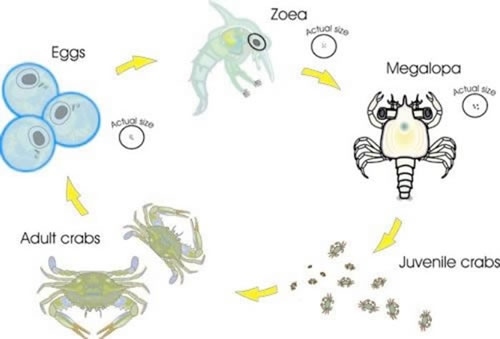
Once they reach adulthood, hermit crabs can live for 10-30 years. During this time, they will continue to molt and to mate. After mating, the female hermit crab will lay her eggs in the sand and the cycle will start all over again.
The Beginnings
A hermit crab’s life begins when it hatches from an egg. The egg hatches into a larva, which looks like a small crab. The larva will live in the ocean for several months, until it molts into a juvenile crab. The juvenile crab will then move onto land, where it will live the rest of its life. The egg is laid by the mother crab in a safe location, often on a beach.
The Early Growing Phase
The early growing phase is when a crab molts the most. As hermit crabs grow, they molt, or shed their exoskeleton. This process can happen up to 25 times during a crab’s lifetime. During this phase, a crab can grow up to 1/4 inch every week.
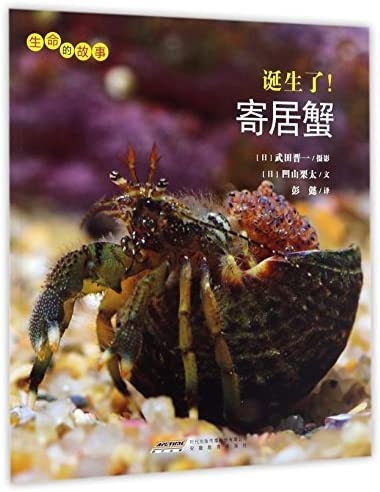
But as a crab grows, its exoskeleton becomes too small. A crab’s exoskeleton protects its soft body from predators and the elements. To grow, a crab must first molt, or shed its exoskeleton.
For a few days after molting, a crab’s new exoskeleton is soft and vulnerable. Molting is a risky process for a crab. During this time, crabs hide in their shells and do not eat.
The early growing phase is when a crab molts the most. During this phase, a crab can grow up to 1/4 inch every week. After a few days, the new exoskeleton hardens and the crab can come out of its shell.
The Adult Stage
It has a hard, protective shell that it carries around with it. As an adult, the hermit crab is about 2 to 5 inches (5 to 13 cm) long. The hermit crab uses its large, powerful claws to open the shells of other animals and eat the soft, nutritious tissue inside.
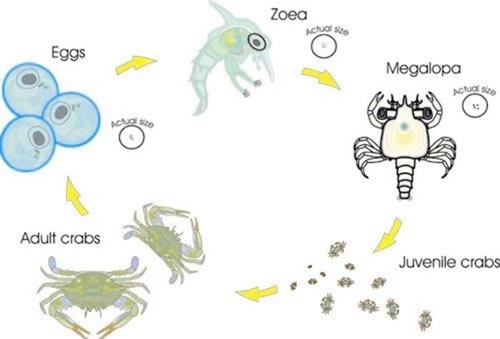
They are active during the day and night, and often climb on top of each other in their search for food. Hermit crabs are social animals and live in large groups.
The male fertilizes the eggs and the female carries them around until they hatch. The female then lays her eggs in a special pouch on the underside of her body. When it is time to mate, the male and female hermit crabs find each other and touch claws.
The Molting Stages
There are four main stages of molting: pre-molt, ecdysis, post-molt, and the intermolt period. As hermit crabs grow, they must periodically shed their old exoskeleton and grow a new one. This process, called molting, usually occurs at night.
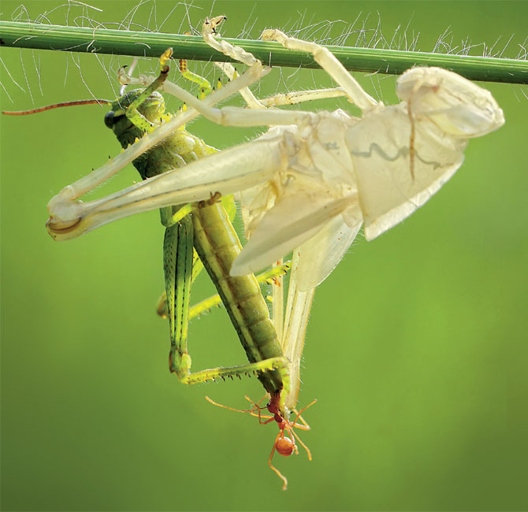
The crab also secretes a new exoskeleton beneath the old one. When the new exoskeleton is fully formed, the crab enters the ecdysis stage. During pre-molt, the crab’s old exoskeleton begins to loosen and the crab stops eating.
Once the old exoskeleton is shed, the crab’s new exoskeleton begins to harden. This process is called post-molt. The crab is very vulnerable during this time and often hides in its shell. During ecdysis, the crab sheds its old exoskeleton.
This is the longest stage of the hermit crab life cycle. After molting, the crab is usually hungry and will eat its old exoskeleton. The crab also grows during this time. The intermolt period is the time between molts when the crab is not molting.
Excessive Digging
However, excessive digging can be a sign of stress or boredom and can lead to the crab escaping from its enclosure. Hermit crabs are natural diggers and will often burrow into the substrate to create a comfortable home for themselves. Excessive digging is a common problem for hermit crab owners.
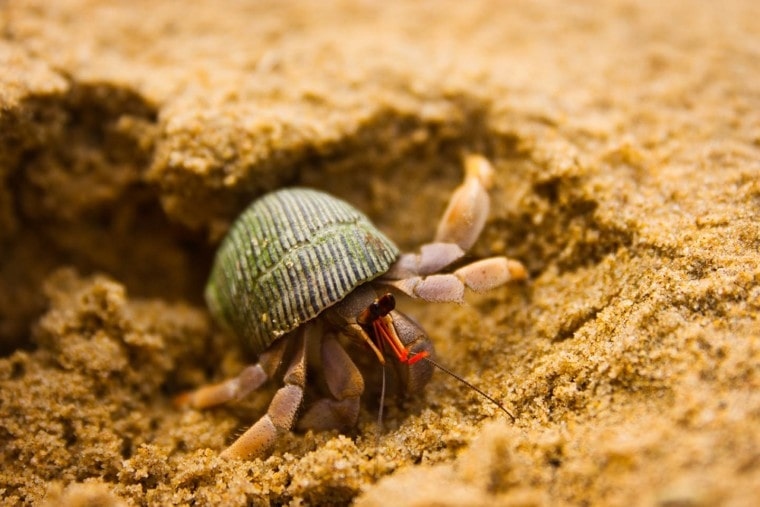
If the crab is bored, try adding more toys or hiding places to its enclosure. If the cause of the excessive digging is unknown, consult a veterinarian or hermit crab expert for advice. If you notice your hermit crab digging excessively, try to identify the cause. If the crab is stressed, try to reduce the amount of noise and activity around its enclosure.
Food Gathering
They don’t have a hard shell to protect them. Instead, they have a soft abdomen that they must protect by living inside a shell. Hermit crabs are not like other crabs.
This includes dead animals, plants, and even garbage. They eat just about anything they can find. Hermit crabs are scavengers.
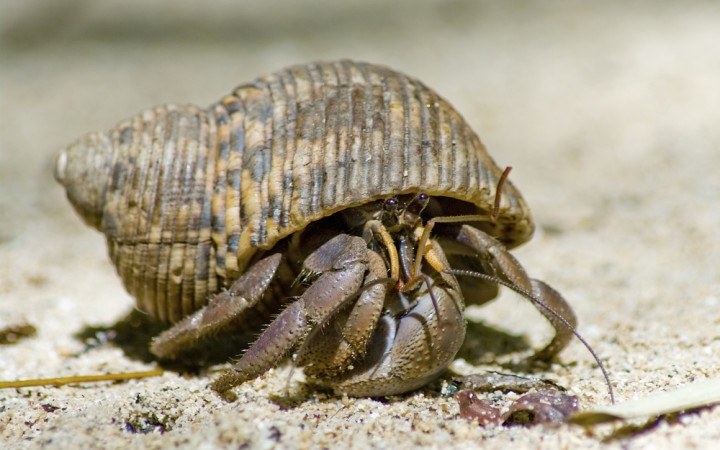
They have a very keen sense of smell and can often find food that other animals can’t. Hermit crabs are also very good at finding food.
It Will Be Less Active
As hermit crabs grow, they molt, or shed their exoskeleton. This process can happen several times throughout the crab’s lifetime. After molting, the crab is vulnerable and must find a new shell to protect itself. The crab will often move into a larger shell as it grows.
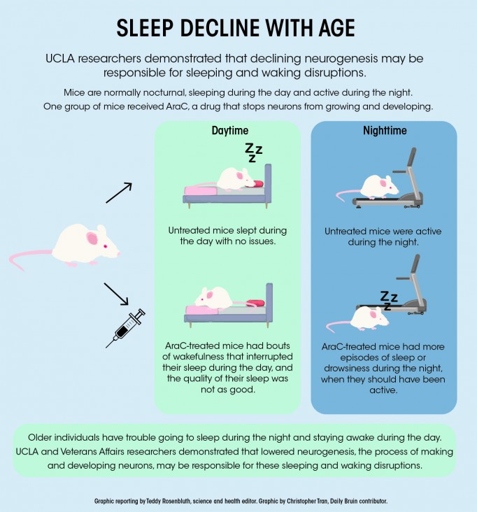
During this time, the crab will not eat and will not be very active. Hermit crabs are not very active during the molting process. They will often stay hidden away until their new exoskeleton has hardened. This can take several days or even weeks.
It will be active and will resume eating. Once the molting process is complete, the crab will be back to its normal self. The molting process is necessary for the crab to grow, but it can be a difficult time for the crab.
The Physical Appearance
Most hermit crabs have an omnivorous diet and are opportunistic feeders. Their diet consists of algae, bacteria, dead animals, detritus, fruits, and vegetables.
Hermit crabs are decapod crustaceans of the superfamily Paguroidea. Most hermit crabs have an asymmetrical abdomen which is concealed in an empty seashell carried by the crab.
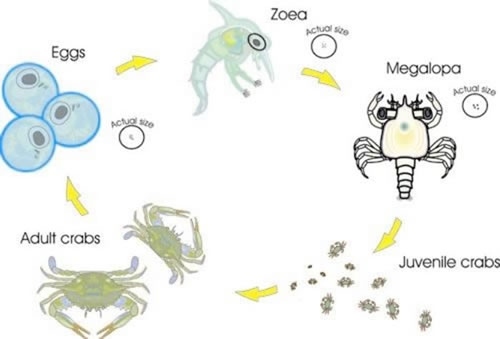
They generally live in crevices or burrow in the sand. A few species are arboreal. Hermit crabs are found in all oceans, from tropical to temperate zones.
The Differences Between Molting and Hibernating Hermit Crab
Hibernating is when a hermit crab slows down its metabolism and goes into a deep sleep. Molting and hibernating are two very different things that hermit crabs do. This process can take anywhere from a few days to a few weeks. This can last for several months. Molting is when a hermit crab sheds its old shell and grows a new one.
Do Hermit Crabs Go Through Hibernation?
One of the most interesting things about hermit crabs is that they go through a process of hibernation. Hermit crabs are interesting creatures that go through many changes during their lifetime.
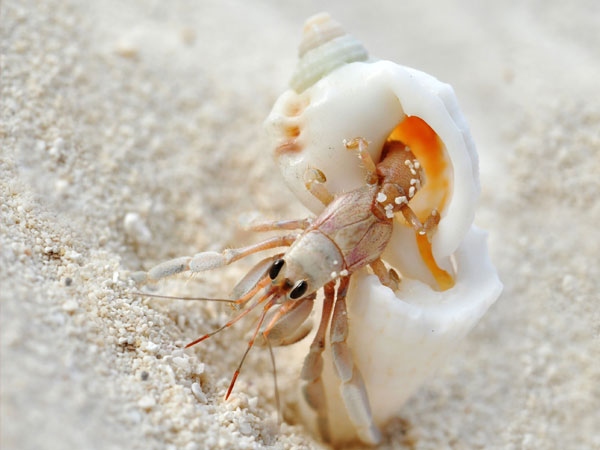
Hermit crabs are able to hibernate because they can store food and water in their bodies. When the weather gets cold, hermit crabs will burrow into the ground and stay there until the weather warms up again.
Hermit crabs can stay in hibernation for several months at a time. They will also not move around very much. During hibernation, hermit crabs will not eat or drink.
Hermit crabs will molt during this time. They will also start to move around more. When the weather warms up, hermit crabs will come out of hibernation and start to look for food and water. Molting is when hermit crabs shed their old shells and grow new ones.
Interesting Facts About the Hermit Crab Life Cycle
Hermit crabs are interesting creatures that go through several stages of life. Here are some interesting facts about the hermit crab life cycle:
1. Hermit crab eggs are tiny and are often hard to see. The first stage of the hermit crab life cycle is the egg stage.
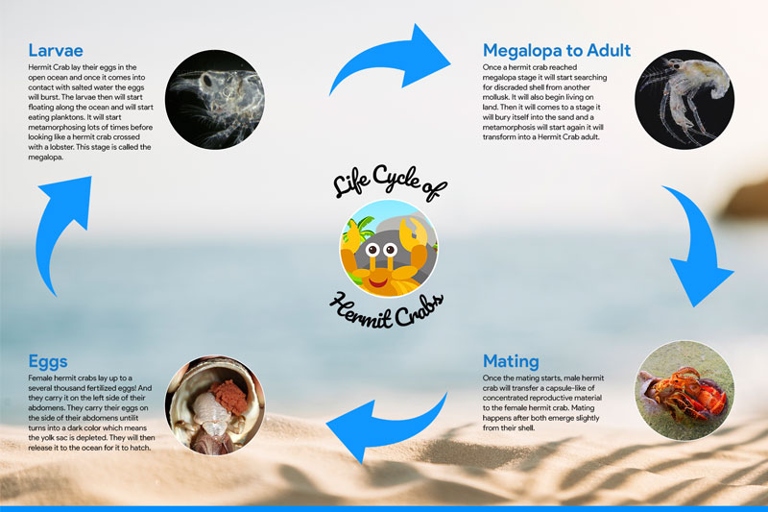
Larvae are small and look like miniature hermit crabs. 2. The second stage of the hermit crab life cycle is the larval stage.
3. The third stage of the hermit crab life cycle is the juvenile stage. Juvenile hermit crabs are larger than larvae and are beginning to look like adults.
Adult hermit crabs are fully grown and can be quite large. The fourth and final stage of the hermit crab life cycle is the adult stage. 4.
Frequently Asked Questions
1. What is the hermit crab life cycle?
2. How long does each stage of the hermit crab life cycle last?
3. What do hermit crabs eat during each stage of their life cycle?
4. How do hermit crabs grow during each stage of their life cycle?
5. What happens to hermit crabs when they reach the end of their life cycle?
1. The hermit crab life cycle consists of four main stages: the egg stage, the larval stage, the juvenile stage, and the adult stage.
2. The egg stage lasts for about two weeks, during which time the hermit crab eggs hatch and the larvae develop. The larval stage lasts for about six weeks, during which time the larvae grow and develop into juvenile hermit crabs. The juvenile stage lasts for about six months, during which time the juvenile hermit crabs grow and develop into adult hermit crabs. The adult stage lasts for the rest of the hermit crab’s life.
3. Hermit crabs eat a variety of food during each stage of their life cycle. During the egg stage, hermit crab larvae eat the yolk of their egg. During the larval stage, hermit crab larvae eat plankton. During the juvenile stage, hermit crabs eat a variety of small invertebrates. During the adult stage, hermit crabs eat a variety of larger invertebrates.
4. Hermit crabs grow by molting during each stage of their life cycle. During the egg stage, hermit crab larvae grow by absorbing the yolk of their egg. During the larval stage, hermit crab larvae grow by molting their exoskeleton. During the juvenile stage, hermit crabs grow by molting their exoskeleton. During the adult stage, hermit crabs grow by molting their exoskeleton.
5. When hermit crabs reach the end of their life cycle, they die.
Final thoughts
Hermit crabs are interesting creatures that go through many changes during their lifetime. They start out as tiny larvae, and then transform into juveniles before finally becoming adults. Each stage of their life cycle is fascinating, and it’s amazing to watch them grow and change.
